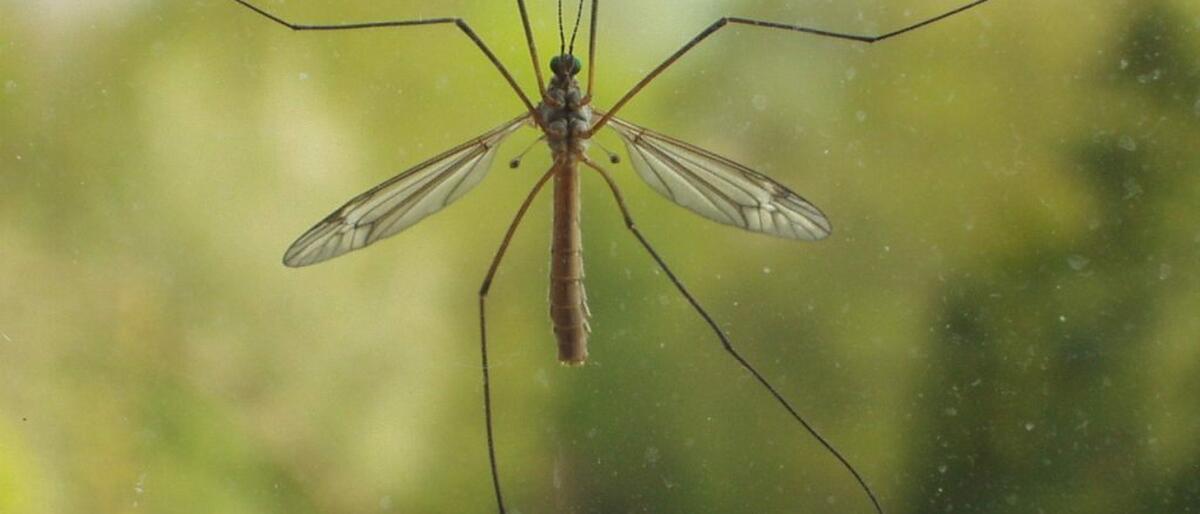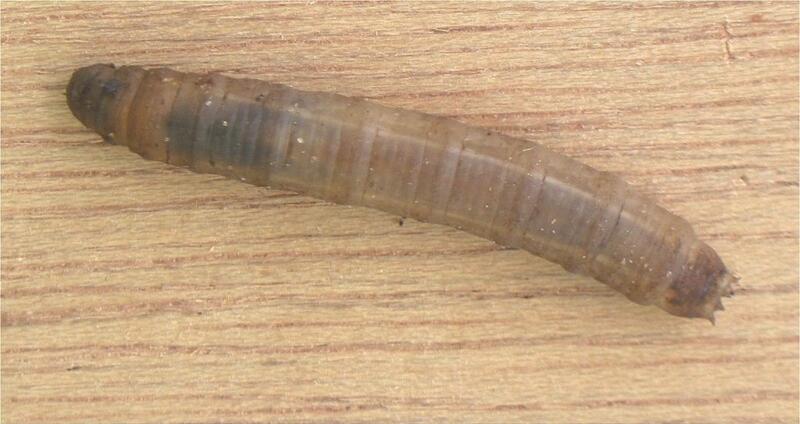How to identify and control European cranefly damage in Portland Oregon Landscapes?


Have you heard buzz about European craneflies? You have probably seen these leggy insects flying around your landscape. How could these harmless seeming bugs destroy your lawn? Most of the time they are nothing to worry about. However, they can turn a beautiful lush lawn into brown dead patches. Read on to identify when to take action and fight back!

A European cranefly is an insect which has adapted to feeding on roots of plants and grasses. Most of the damage is caused in their larvae stage (above photo on left), upon hatching, they feed on the roots of grass. Larvae times are from October – June, with peak damage (but can occur any month, depending on weather conditions) occurring January – April. To prevent lawn damage, it’s best to treat them prior to hatching. To see if you have larvae in your lawn, dig up a test spot. The larvae will be in the soil portion which house the grass roots. They will have shiny pupa casing surrounding them. Some larvae in your lawn are perfectly normal and should be of no concern.
European cranefllies are usually left alone, unless there is an extensive infestation. In the above photo you will see damage caused by European Cranefly, the photo on the right shows a close up of the tiny holes from birds pecking at the larvae. Typically, they are taken care of by their natural predators of birds, bats, yellow-jackets and cats. In the case of severe infestation (more than 40 larvae per square foot), we recommend having a professional treat your lawn with a commercial grade insecticide. You may attempt this yourself as well by trying a home store product. Carefully read the label and follow all recommended product instructions. We suggest a dual application in March and then again in October.